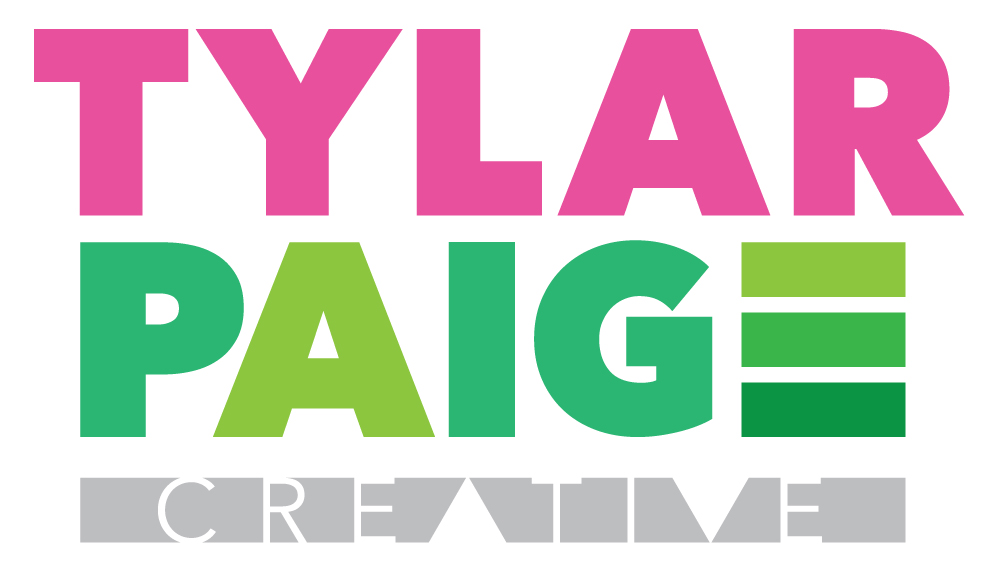Elevator pitches suck. The term, the idea, the concept and the ‘pitch’ itself.
Here’s why.
An elevator pitch is supposed to be a 30 second memorized, predetermined, premeditated ‘idea’ of who you are and what you do. And it’s the same for everyone you meet. It’s like buying a ‘one size fits all’ shoe.
When I meet someone, whether it’s on a plane, at a conference, a passerby on the street when walking my dog, I attract them by engaging on a level that may not even be work related. Immediately, I have set myself apart because I am not jumping right into any sort of sale. When business conversation begins, I describe myself and my business differently to each person. I can customize and personalize the discussion in a language that they will understand and relate to for their situation and for their benefit.
The idea of an elevator pitch (shivers) is to create a short conversation about what we do, but what is often overlooked here is that it isn’t about what we do. It’s about them, and the focus on them is lost when we simply talk about ourselves. To keep them interested and wanting more, I start by asking the right questions before even starting to talk about me. If they jet off the elevator (do real elevator pitches …shivers… ever even really happen anyway?) before I have a chance to rebut, welp, see ya later! I guess it wasn’t meant to be.
I am not a cookie cutter, neither is my team, and I will not conform to a cookie cutter description of who I am or what I do. Even if I were a cookie cutter, I certainly wouldn’t start impressing my cookie cutter on the countertop without having the dough in place.
I read this online and felt it contributes a strong case for my theory…
According to brain researchers, when humans are confronted with something new, (like, for example, meeting someone for the first time,) the first thing we do is check out if it is a threat, edible or useful. If it is none of those, we have a strong tendency to ignore it.
I feel very strongly that a pitch should not be presented as a pitch, but rather an opportunity to create useful conversation, not a one-sided advertisement about me, my team, my work and how awesome I am.
Alright, now let’s talk about the overrated idea that one must have an elevator pitch (from here forward in this article, it is safe to assume I shiver each time I write the words). People think they need this two sentence garble of nonsense prepared and ready to spit out at any chance or any introduction.
Of course it makes sense to know who you are and what you do. For many people, it’s simple and quick. “I’m a car salesman,” or “I am a hair stylist.” So let’s take these examples and work them so that elevator person A could be cleverly intrigued enough to have their interest especially piqued.
Car salesman: “I find the best and most affordable option for people to transport themselves from point A to point B without utilizing public options.”
Hairstylist: “I craft and create new beauty so that people feel good about themselves.”
Both sound silly. If you’re in hardcore sales mode or you’ve just clammed up when asked, just say what you do. I’ve met a hairstylist before, who simply said, “I am a hairstylist” – and because I was in the market for a new hairstylist, I asked for her card. I met a car salesman when I was in the market for a new car, and guess what? You already know.
However, if you work in an industry where no two clients or customers receive the same experience – scrap the EP (yes I am now abbreviating and wrapping myself in a blanket). Get to know your prospect, ask questions, create dialogue, be personal (yes, it is ok to just be you and not your professional persona), or hey, better yet – tell them to call you and you’ll treat them to lunch, coffee, tea, a beer (obviously read this situation properly first). Do this right away, and why not? If they’re talking to you, they’re already intrigued on some level. These are great ways to create a foundation for a good working relationship.
Tailor yourself and be moldable. A tailor takes the same cloth and the same thread to make many different kinds of clothing. It’s all in the craftsmanship and creativity. A potter can use the same clay to create a huge variety of vases – they can even use the same paint to customize their vases to fit different artistic styles.
So all we really need to do is take our cloth, thread, clay or paint – and take the stairs.

